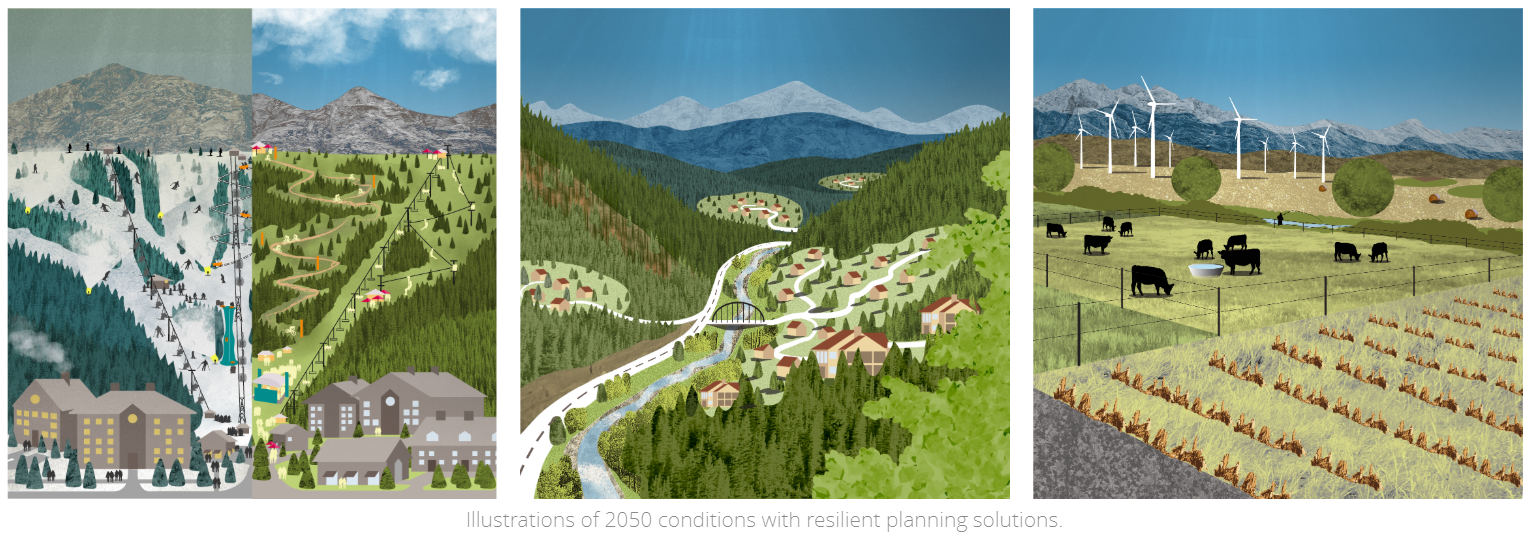A new state study and web-based visualization tool called Future Avoided Cost Explorer (FACE:Hazards), led by the Colorado Division of Homeland Security and Emergency Management (DHSEM) and the Colorado Water Conservation Board (CWCB) in partnership with the Federal Emergency Management Agency (FEMA), is now available to help communities examine the economic risks of climate change.
FACE:Hazards empowers communities to justify mitigation and adaptation investments using climate and risk-informed decisions.
The FACE:Hazards explorer displays study results as an interactive dashboard to help inform preparedness and resilience policies, support recovery and adaptation investments, and provide decision-makers with tools to quantify the growing cost of inaction.
“This pilot study provides decision-makers with a greater understanding of future economic risks compared to today’s baseline. At its foundation, the Future Avoided Cost Explorer opens new doors for inquiry and examination of how adaptation actions can offset future damages,” said CWCB Senior Climate Specialist Megan Holcomb.
FACE:Hazards measures the current and future impacts from flood, drought and wildfire across multiple sectors of Colorado’s economy. County-level damages are analyzed under current and 2050 climate and population conditions to explore the effects of unmitigated development and increased hazard intensity on certain economies.
The FACE:Hazards tool is important to Colorado because, until now, the State of Colorado did not have a tool to quantify future risk to climate hazards or the potential savings from strategic resilience. By creating this web-based, climate data-informed explorer, local governments can inquire, evaluate, and prioritize investments today to reduce economic vulnerabilities over the next three decades.
After the 2013 Floods, DHSEM received a post-disaster mitigation grant from FEMA to complete a required three-phased update to the State’s Natural Hazard Mitigation Plan.
"The success of this three-phased project was due in part to the dedication of all state agencies involved and our partnership with FEMA Region VIII. This is a testament to promoting a holistic, comprehensive and integrated approach to emergency management and subsequent enhanced mitigation efforts in order to serve all of Colorado," said Patricia Gavelda, DHSEM Mitigation Planning Team Supervisor and project manager for all three phases.
